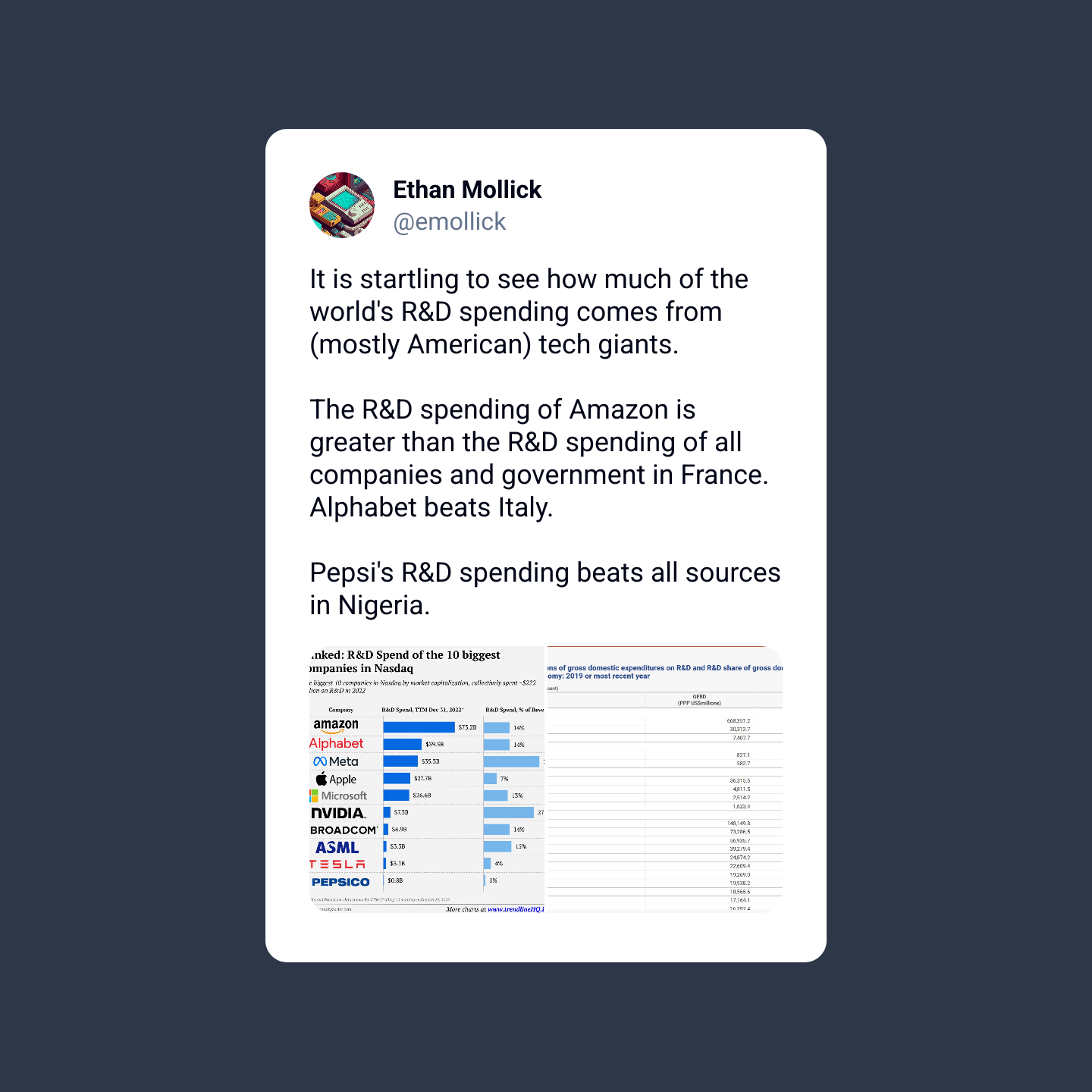Economics
478 readers
84 users here now
founded 2 years ago
326
327
328
329
330
24
China’s leaders are flailing as markets drop: The government is not used to being bullied
(www.economist.com)
331
332
333
334
335
336
337
338
339
340
341
342
343
344
345
346
347
348
349
350
